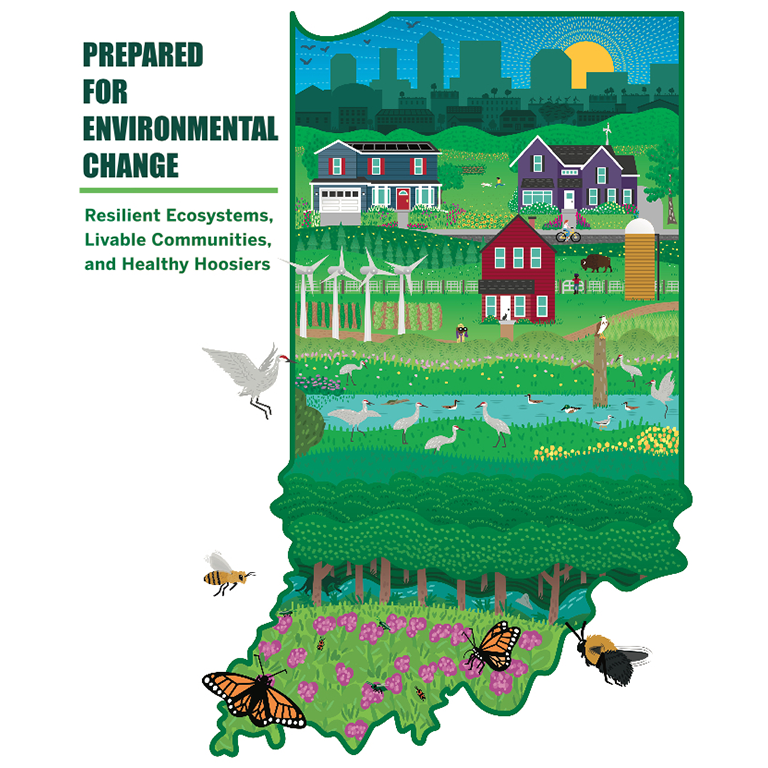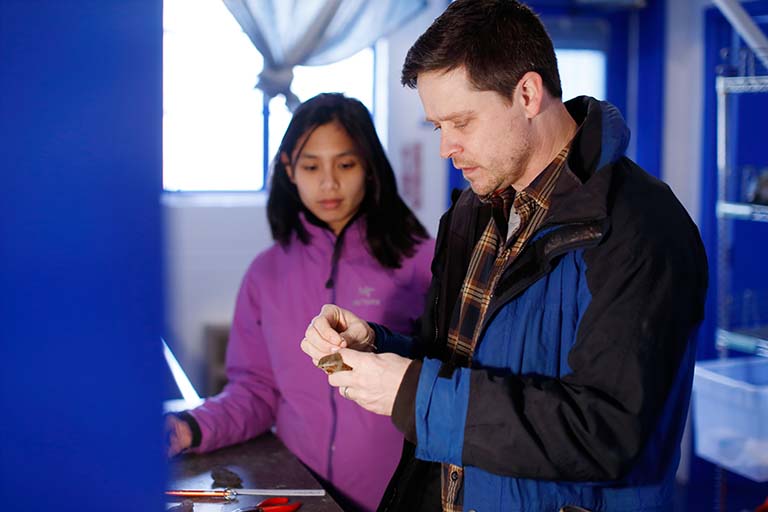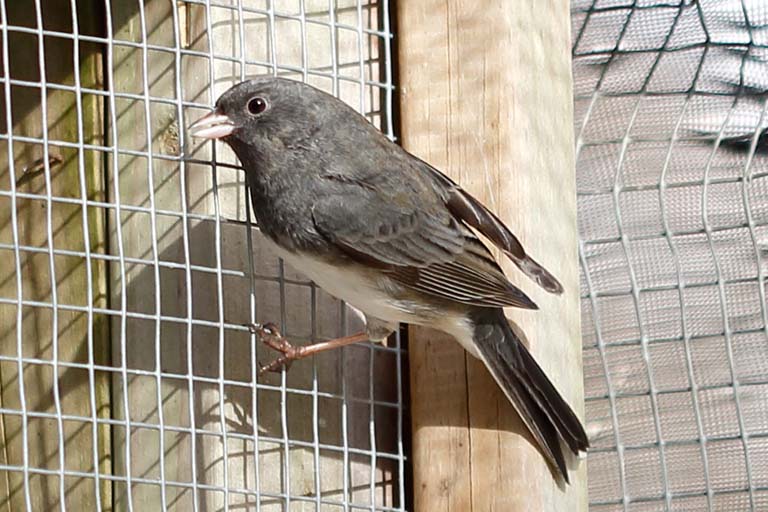Climatic and environmental change present a serious challenge for the world. The "Prepared for Environmental Change" Grand Challenges initiative aims to put IU at the forefront of research on
-
- climatic and environmental change,
- the impacts on human communities and the natural world, and
- solutions to resiliently prepare for the coming century.
IU Biology is playing a leading role. Distinguished Professor Ellen Ketterson is director of the initiative and the new Environmental Resilience Institute that serves as its focal point. Distinguished Professor Keith Clay and Associate Professor Heather Reynolds are team leaders, and several more of the department’s faculty will play key research roles. Their work is instrumental in organizing research activities of nearly 100 faculty members spread across 32 departments and two campuses of the IU system.




 The College of Arts
The College of Arts